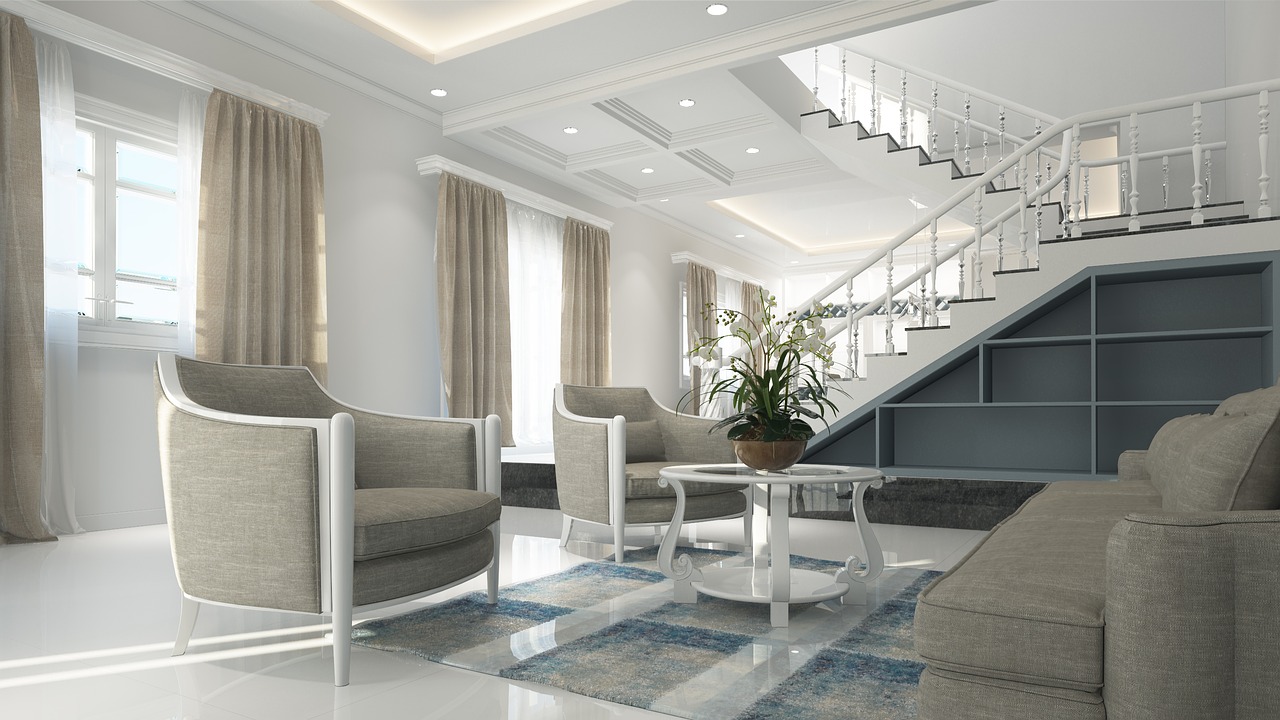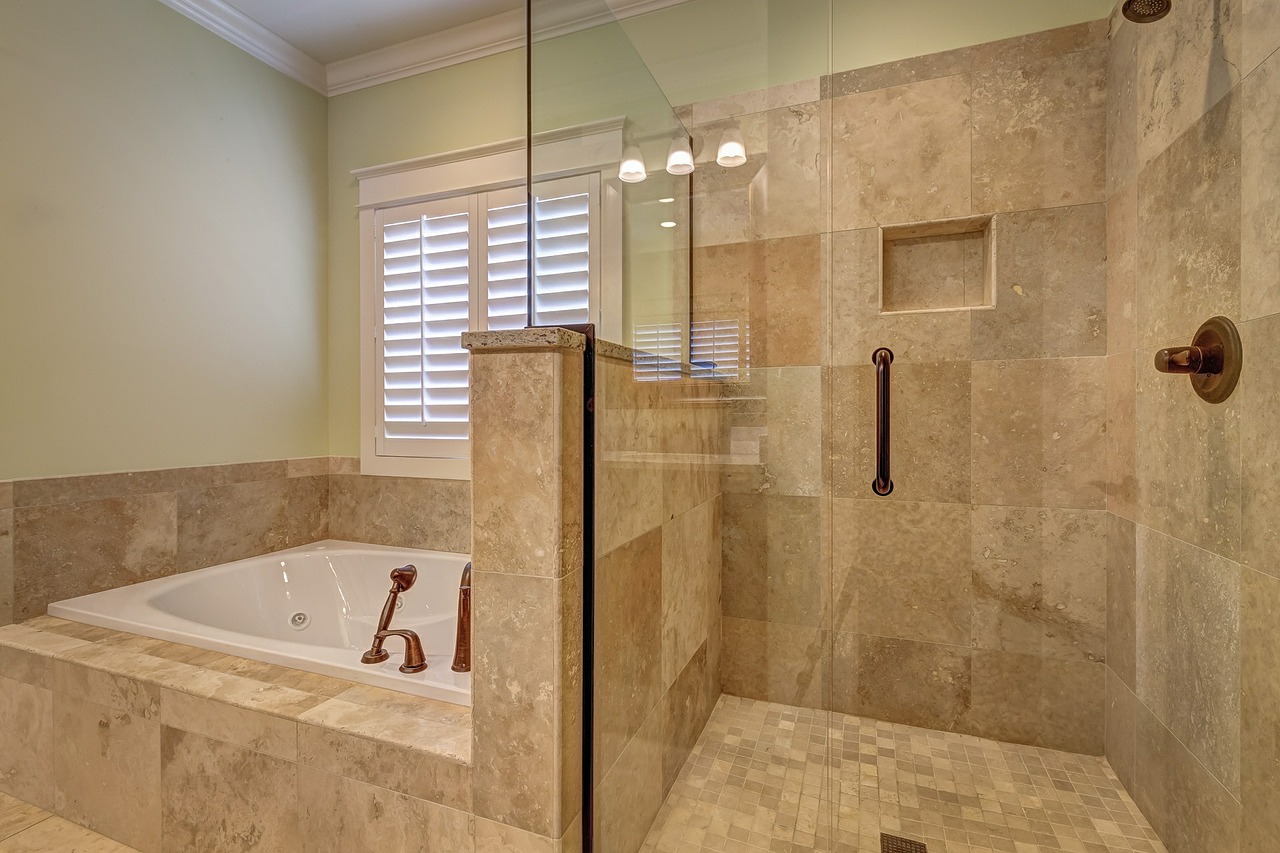Wallpaper is a versatile material. Its use is not restricted to simply covering walls so that home interiors can look more presentable. Home interior can be made fabulous when you are using the interior wallpaper.
In a young adult novel by Judy Blume, a character named Rachel Robinson presented a clever hack with wallpaper — she used it as a beautiful cover for her school notebooks. Indeed, similar to this example, there’s no shortage of ways to get creative with wallpaper.
So, if you are looking for an affordable way to update the look of your home, provided below are 10 exciting ways wallpaper can help you achieve this.
Different Ways Your Home Interior Can Make Things More Attractive
Multiple ways you can make your home interior look gorgeous is illustrated in this article broadly explained
1. Create an accent wall
If you like the look of your painted walls, but you want one particular wall to draw attention, cover it with wallpaper or multiple designs of wallpaper. You can create a splash of color or bring in a luxurious texture just by using this stick-on wall cover, and you can even get this makeover project done in a day.
2. Create wall art
Wallpaper comes in a wide range of designs, and you will find that some patterns look beautiful enough to be framed and displayed on a wall. Home Interior can be beautiful if the wall art makes sense with your requirement.
If you feel like being extra creative in turning wallpaper into framed art, you can create a mosaic pattern by combining different designs. A clever Pinterest DIY-er even suggests using wallpaper on decorative plates, and it works.
3. Cover your tables
If you like the look of continuity in the interior design of your home, how about using your wallpaper to cover the different tables throughout the house?
This is a breeze to do. You just need to cut your preferred wallpaper to size and glue it on tabletops. If your tables have a glass top, you can just lay the wallpaper on the table and let the glass hold it in place.
4. Give drawers a fresh look
Banged-up drawers can gain a fresh and more contemporary look if you cover them up with wallpaper. This is a popular trick you will find in Country Living, Martha Stewart, and other lifestyle magazines.
Some people even like to use luxe fabric-like textured wallpaper; they are perfect not only as a cover-up but also for supporting the structural makeup of the drawers.
5. Replace old lampshades
Again, if you want a look of a consistent or uniform theme in your home interior, use extra pieces of your wallpaper to decorate other home fixtures and features.
Covering lampshades with wallpaper is another easy project that can elevate the appeal of your home further.
6. Jazz up your stairs
If you have an eclectic style, consider creating funky stairs by covering the risers of your stairs with different designs of wallpaper. This is a quick and simple project that can instantly bring color and fun to your home interior.
Another way to do this is by creating a stair runner using thick wallpaper with Afghan, baroque, and romantic designs.
7. Cover books on display
Old hardbound books can look like new by merely covering them up with scraps of wallpaper. These make fancy decorative elements for offices and grand rooms.
You can line them up on shelves, stack them to add height to vases and other decors, and even use these upgraded tomes to create floating shelves.
8. Decorate doors
Give plain doors a more artistic and elegant vibe with wallpaper.
Framed and panel doors, for example, can have a bit more personality or pizzazz if you lay wallpaper that’s been cut to size on the panels.
Kamiseta Hotel in the Philippines decorated many of its doors this way, and it’s definitely one of the reasons why it’s been voted the prettiest boutique hotel in the country.
9. Create a new chair backrest
Want to spruce up the design of an antique dining set? This is easy to do with a fresh coat of paint and wallpaper. You can wrap the slats of the backrest with wallpaper, or cut wallpaper to size to cover rectangular or circular backrests.
10. Line shelves and bookcases.
Finally, if your shelves and book cabinets tend to blend into the background because of their color, you can turn them into complete eye-catchers by lining their interior with bright wallpaper. The impact is so charming and pretty.
These wallpaper ideas are more than enough for your home design upgrade, but there are more than you can consider trying out. You truly are only limited by your imagination.
So, keep a collection of your favorite wallpaper designs handy and, for sure, you will find new ways to use them for the improvement of your home interior.
Read Also:






















